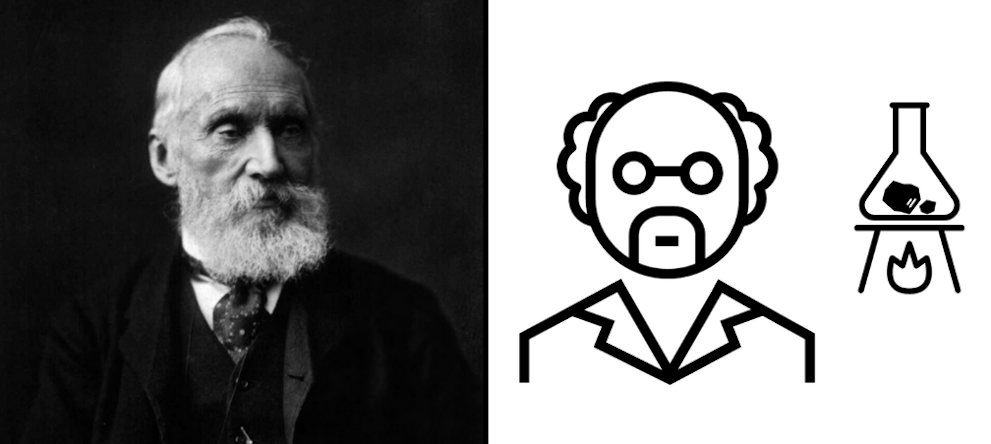You’ve probably heard Kelvin come up in relation to light colour, and it’s also littered throughout this website. It’s one of those things, someone says ‘this light is 3000 Kelvins’ and you just politely nod in agreement, meanwhile your imagination conjures up a picture of 3000 men called Kelvin. So let’s find out what it really means to avoid this situation.
When you’re looking at a white light, sometimes it looks warm and sometimes it looks cooler, agree? Ok so, this level of warmth and coolness is actually measured on a scale which is called the Kelvin Scale (K).

The scale is from 1,000K to 10,000K, and simply the higher the number, the cooler the light! So the warmer a light is the redder the colour, and the cooler it is, the more blue it is in colour.
In the automotive industry, lighting typically falls somewhere on a scale from 2000K to 6500K. This little table briefly outlines the main range of Kelvin colours:

If you have time for a brief story, this is a fascinating tale about how the scale came to exist. Back in the 19th Century, when Queen Victoria reigned, there lived a British physician named Lord Kelvin. As he was doing some research one day like all good physicians do, he began to heat a block of carbon. This block of carbon started to glow red as it got hotter, then yellow, and finally a bright blue-white. The path of this colour change is the essence of the Kelvin Scale as each colour occurs at a specific temperature.
If you’re still slightly confused as to what colour means what, then this may help you understand it a bit better…
Less than 2000K gives off a dim glow of light, similar to what you might find from candlelight.
2000K-3000K gives off a soft white glow, often yellow in appearance.
3100K-4500K gives off a bright amount of white light.
4600k-6500K gives off a bright amount of blue-white light.
6500K and up gives off a bright bluish hue of light.
For more information on what light colour is best for your application feel free to give us a call!
